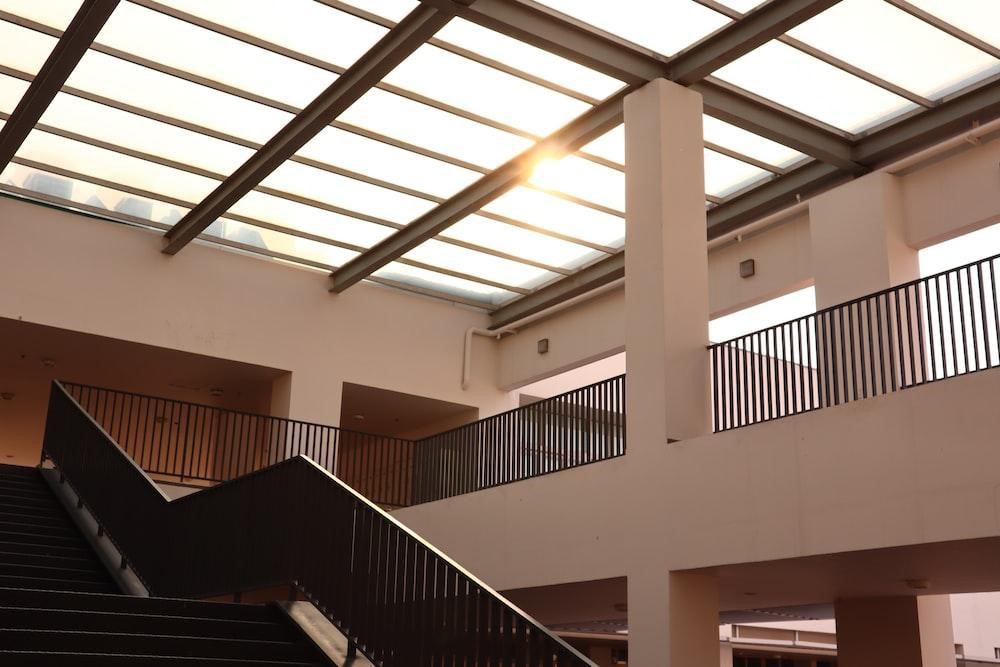
Skylights are becoming more and more popular in modern architecture. They aren’t just a design element but also a source of natural light and a connection to the outdoor environment. They have become an integral part of sustainable and contemporary building design. They offer numerous benefits, such as energy savings, improved well-being, and enhanced aesthetics.
There are marked differences in different design principles of skylights. Choosing a domed vs. flat skylight can significantly impact the U-Value you get in your property. However, whichever you choose, there is no doubt that the value is much better compared to vertical windows – especially in winter.
In this article, we will take a closer look at the crucial elements to consider in skylight designs. We’ll also consider how the right manufacturer can help you optimize daylight efficiency, solar heat gain, visual comfort and health, and more.
Understanding the Basics of Skylight Design
To ensure effective skylight design, it is crucial to grasp the principles of natural light transmission. Skylights are manufactured while keeping in mind their ability to capture and distribute sunlight evenly throughout the interior space.
Various types of skylights serve different functions and cater to specific design requirements. These may include:
- Fixed skylights,
- Vented skylights,
- Tubular skylights
- Domed
- Flat, and more.
Factors such as building orientation, location, visual appeal, and the desired amount of natural light influence the decision-making process when selecting the appropriate skylight type.
Optimizing Daylighting Efficiency With The Right Design
Daylighting is a key aspect of skylight design, offering both energy-saving and aesthetic benefits. Proper placement and orientation of skylights are essential to maximize the penetration of natural light into the building while minimizing glare and heat gain.
Studies show that effective daylighting can reduce lighting energy consumption by up to 75%. Calculating glazing ratios is critical to achieving optimal daylighting performance. Glazing ratios determine the amount of glass surface area relative to the floor area.
The use of advanced glazing materials and coatings can further enhance the transmission of visible light while minimizing unwanted heat transfer. VTECH Skylights, for example, manufactures using the RIM (Reaction Injection Molding) technology to create a one-piece solid-state-skylight frame. This not only allows for no leakages but is also extremely durable – even missile proof!
Controlling Solar Heat Gain
While skylights provide ample natural light, they can also contribute to unwanted solar heat gain. This may result in increased cooling loads. It is crucial to implement strategies to mitigate this heat gain without compromising the benefits of daylighting.
High-performance glazing options, such as low-emissivity (low-E) coatings and spectrally selective coatings, can help regulate solar heat transmission. VTECH Skylights accomplishes this objective during the manufacturing process by using:
- Insulated glazing units (IGUs),
- Low-emissivity (low-E) coatings,
- Aliphatic Polyurethane framing materials,
- Tempered Glass, and
- Solar-optimized design elements.
Considerations for Visual Comfort & Health
In addition to energy efficiency, skylight design should also prioritize occupant well-being and visual comfort. Natural light has been proven to positively impact occupants' health, productivity, and overall satisfaction.
At the same time, though, excessive glare and excessive ultraviolet (UV) radiation can cause discomfort and potential health risks. Properly selecting glazing materials, such as tempered glass with low-E coatings, can help mitigate glare and filter out harmful UV rays.
The right choice allows for ample daylight to enter the space. Apart from the glass, it is also important to choose the right type of skylight. You need to strike a balance between maximizing natural light and ensuring occupant comfort and safety.
Integrating Skylights with Building Systems
Successful skylight design requires collaboration between architects, engineers, and other building professionals. Integrating skylights may reduce your reliance on lighting and HVAC systems. Integrating skylights with HVAC controls can optimize energy performance significantly.
When integrating skylights with your building and its systems, it is also important to ensure that you are choosing a system that compliments the building design. For example, integrating a tubular skylight towards a back alley that doesn’t get enough light may not be suitable for your objective.
Conclusion
The field of skylight design continues to evolve, with advancements in technology and materials driving innovation. Emerging trends include the integration of smart controls and automation, blending skylights, HVAC, and lighting. This will allow for real-time adjustment of skylight settings.
Furthermore, advancements in glazing materials, such as electrochromic or switchable glass, offer the potential for dynamic light control. This allows your skylights to adapt to changing environmental conditions.
This shows that understanding the science of skylight design is paramount to achieving enhanced performance in commercial buildings. At VTECH Skylights, we are committed to manufacturing skylights that prioritize:
- Energy efficiency,
- Visual comfort, and
- Occupant well-being.
By crucial factors during the manufacturing phase, our skylights contribute to sustainable building performance for you. We also help create aesthetically pleasing environments. Contact us today, and let us elevate your commercial space to new heights!